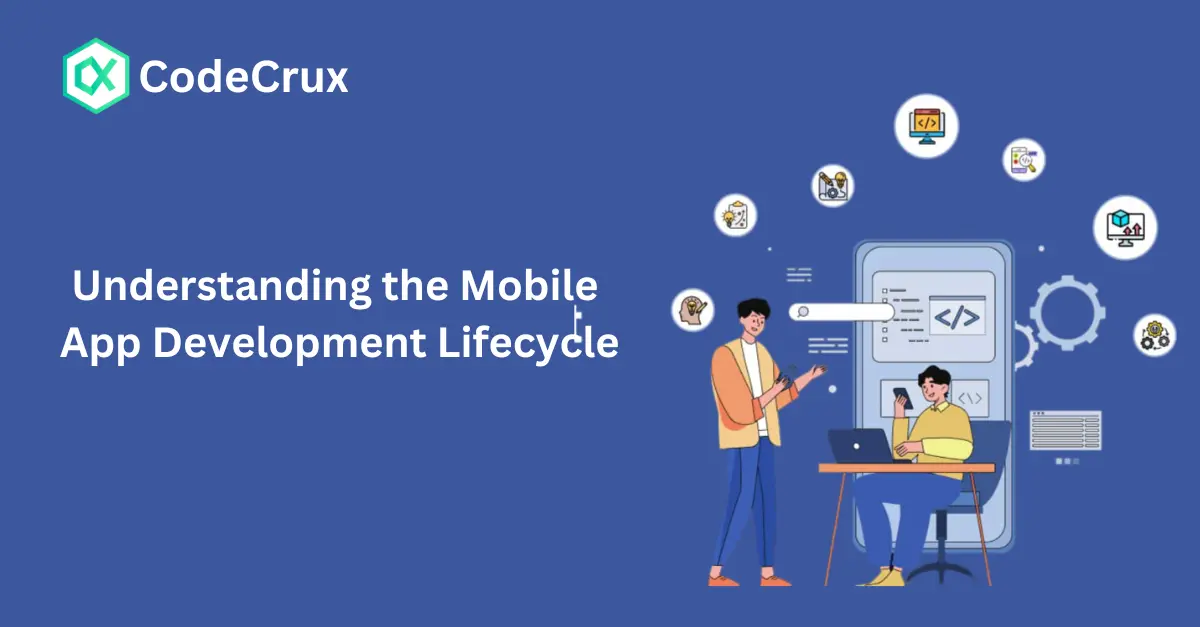Understanding the Mobile App Development Lifecycle

Mobile applications have become an essential part of our daily lives, serving everything from entertainment to productivity. Developing a mobile app involves a comprehensive process that transforms an idea into a functional product. Understanding the mobile app development lifecycle is critical for developers, stakeholders, and businesses to ensure a smooth journey from concept to deployment. Here’s a detailed guide to the stages involved:
1. Ideation and Conceptualization
The first step in the mobile app development lifecycle is turning a raw idea into a concrete concept. This stage involves:
-
Identifying the Problem: Understand the user’s pain points or needs that your app will address.
-
Market Research: Analyze competitors, audience demographics, and current market trends to validate your idea.
-
Defining Objectives: Clearly outline the purpose and goals of the app.
Outcome: A well-documented app idea and a business case.
2. Planning and Strategy
With a clear concept in hand, the next step is planning the app’s development. This includes:
-
Technical Feasibility Assessment: Determine the technical requirements and whether they align with the chosen platforms (iOS, Android, etc.).
-
Budgeting and Timelines: Define the budget and set realistic milestones.
-
Wireframing: Create a blueprint of the app’s structure and user flow.
Outcome: A comprehensive roadmap and wireframe for the app.
3. Design
The design phase focuses on creating an engaging and user-friendly interface. Key components include:
-
UI/UX Design: Ensure the app provides an intuitive user experience and visually appealing interface.
-
Prototyping: Develop interactive prototypes to visualize the app’s look and feel.
-
User Feedback: Conduct usability tests to gather insights and refine designs.
Outcome: Finalized UI/UX designs and a prototype ready for development.
4. Development
This is the stage where the actual coding begins. It’s typically divided into:
-
Frontend Development: Building the user interface that interacts with users.
-
Backend Development: Developing the server, database, and application logic.
-
API Integration: Connecting the app with external services or databases.
Outcome: A fully coded and functional app in its initial form.
5. Testing and Quality Assurance
Testing ensures that the app is bug-free and performs as expected. This involves:
-
Functional Testing: Verifying all features and functionalities work correctly.
-
Performance Testing: Ensuring the app performs well under different conditions and loads.
-
Device Testing: Testing the app on various devices and screen sizes.
-
Security Testing: Identifying and resolving vulnerabilities.
Outcome: A stable app ready for deployment.
6. Deployment and Launch
Once the app passes testing, it’s time for deployment. This stage includes:
-
App Store Submission: Adhering to guidelines and submitting the app to platforms like Google Play and the Apple App Store.
-
Marketing and Promotion: Launching campaigns to create buzz and attract users.
-
Monitoring and Feedback: Gathering user feedback post-launch to address any issues.
Outcome: A successfully launched app available for download.
7. Maintenance and Updates
The lifecycle doesn’t end with the launch. Continuous improvement is essential for long-term success:
-
Bug Fixes: Resolving issues reported by users.
-
Feature Enhancements: Adding new features based on user feedback.
-
Performance Optimization: Ensuring the app runs efficiently as user demands grow.
Outcome: An app that evolves to meet user needs and stays relevant in the market.
Conclusion
Understanding the mobile app development lifecycle is crucial for building a successful app. Each stage—from ideation to maintenance—plays a vital role in delivering a product that meets user expectations and achieves business objectives. By following this structured process, you can navigate challenges effectively and bring your app vision to life.